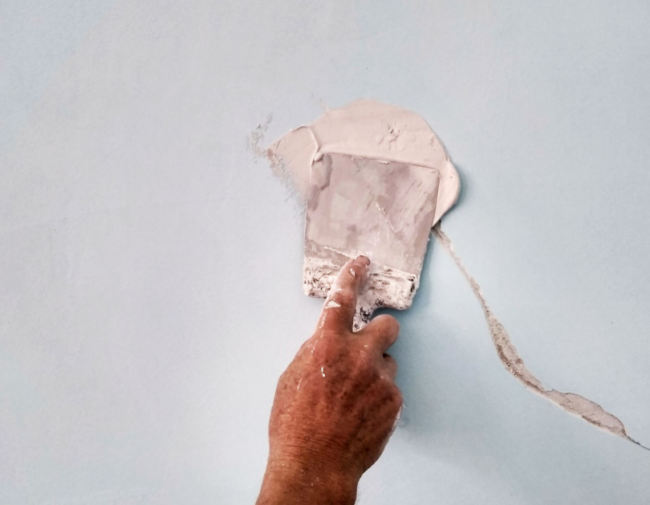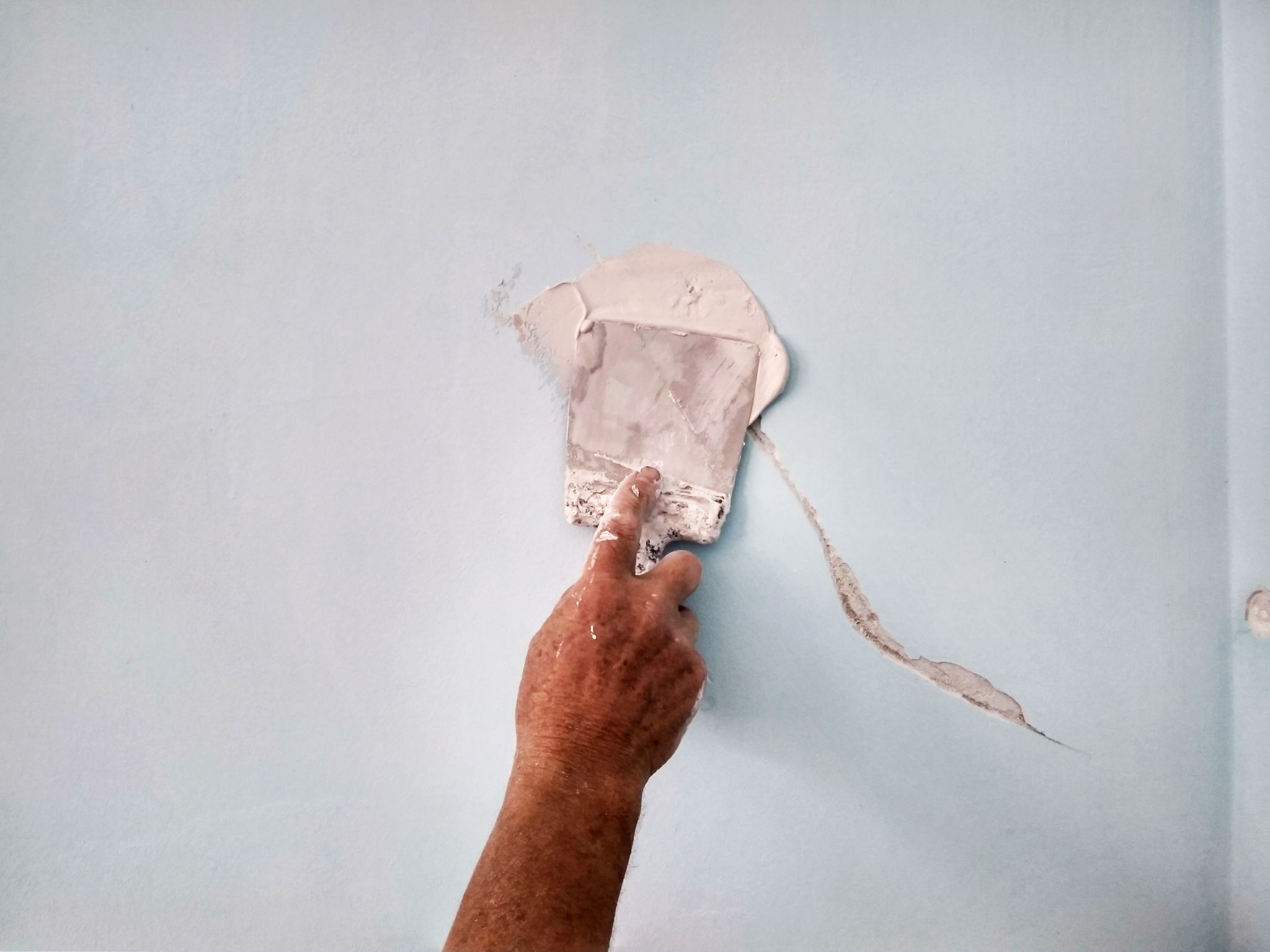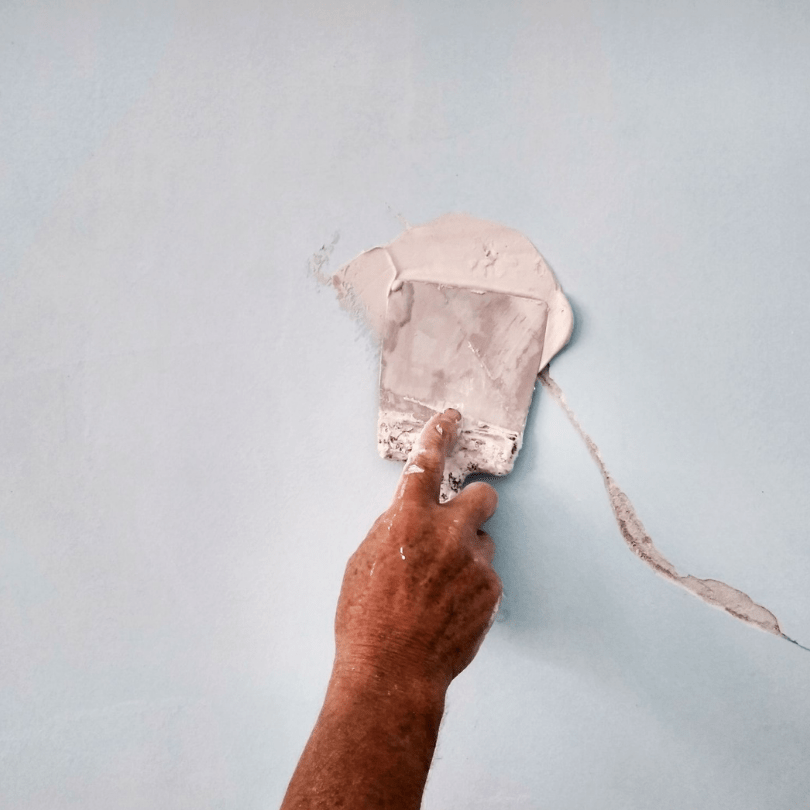"Seal the cracks, secure your structure with Wonder Walls expert crack filling solutions."

What is Cracks Filling?
Crack filling is a critical maintenance procedure in construction aimed at repairing and sealing cracks in building structures to prevent further deterioration and maintain structural integrity. By effectively sealing cracks, this process prevents water ingress, which can lead to erosion of building materials and compromise the stability of foundations and walls. It also helps in controlling the spread of cracks, preventing them from expanding and causing more significant structural damage over time.Beyond structural benefits, crack filling enhances the aesthetic appeal of buildings by restoring smooth surfaces and eliminating unsightly cracks. It contributes to energy efficiency by reducing air leakage and heat loss through building envelopes. Additionally, crack filling is a cost-effective solution, as it addresses minor damages early on, mitigating the need for more extensive and costly repairs in the future.
Benefits of Cracks Filling

Prevents Further Damage
Seals cracks to prevent water infiltration, which can lead to erosion, mold growth, and structural weakening.

Enhances Structural Integrity
Reinforces the affected areas, preventing cracks from spreading and compromising the building’s stability.

Cost-Effective
Addresses minor damages early on, avoiding the need for more extensive repairs or replacements in the future.

Preserves Property Value
Maintains the condition and longevity of the building, protecting its market value.

Our Flow of Work
-
Assessment and Inspection: Thoroughly inspect the structure to identify cracks, assessing their size, depth, and location.
-
Preparation: Clean the crack area to remove debris, dirt, and loose particles using appropriate tools and methods.
- Surface Repair (if necessary): Address any underlying issues or structural deficiencies before proceeding with crack filling.
- Selection of Filler Material: Choose a suitable filler material based on the type of crack and its environmental exposure (e.g., epoxy-based filler for strength, flexible sealants for movement joints).
- Application Process: Apply the selected filler material using precise techniques such as caulking, troweling, or injection, ensuring thorough coverage and adhesion.
-
Smoothing and Finishing: Smooth the surface of the filler material to blend seamlessly with the surrounding area, achieving a uniform appearance.
